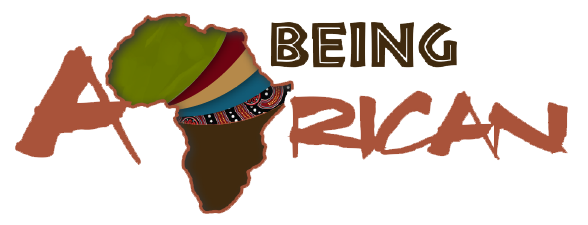Egyptian Frequently Asked Questions
Customs and Practices:
- Where can a couple meet and be introduced to each other?
– They can meet at:
– A church
– A mosque
– A club or social group
– University
– Outings with friends
– Wedding parties of relatives or friends
– Workplaces
- What are the types of marriage?
– Planned marriage
– Fixed marriage
– Love story marriage
- What is “Gawaz Salonat”?
– “Gawaz Salonat” refers to a fixed marriage in which the groom seeks assistance from someone to find him a bride.
- Who is a “Khatba”?
– A “Khatba” is a woman whose job is to facilitate fixed marriages by finding suitable brides for grooms.
- Why doesn’t the groom ask his father’s approval directly?
– The groom may not ask his father’s approval directly due to reasons such as shyness, embarrassment, confusion, respect, or adherence to cultural traditions.
- What is the role of the key participants in the marriage process?
– In addition to the bride and groom, other key participants include:
– Parents: They may arrange a potential match through a planned marriage and give their approval and blessings. The bride’s father represents her at the contract signing, and the groom’s father supports him with financial assistance and essential goods for the new household. The bride’s mother serves the couple for up to three years or until they have children, and the groom’s mother presents gifts like clothes to the new bride. Both mothers toss salt and grains on the couple to ward off evil spirits and bless them.
– Friends: The groom’s friends may provide monetary gifts or serve as his guards and assistants. The bride’s friends assist her with various tasks, participate in the Henna party, and act as bridesmaids.
– Relatives: Parental and maternal uncles and cousins play a supportive role in helping the couple start their new life.
- What is the proposal about?
– The proposal involves the groom introducing himself and formally asking for the bride’s hand in marriage. They also negotiate and agree upon the details of the marriage with the bride’s father.
- What are the details of the marriage?
– The details of the marriage include the Mahr (dowry), Shabka (gift of gold and precious gems), Qaima (household items purchased by the bride), Mo`akhar (post-marriage payment to the wife after divorce), wedding costs, and preparations for the new house.
- What is the purpose of the engagement period?
– The engagement period allows the couple to get to know each other better and prepare for their future life together.
- Who pays for the costs of the engagement party?
– The bride’s family is responsible for covering the costs of the engagement party.
- What does the groom present at the engagement party?
– The groom presents the Shabka (gift of gold and precious gems) to his bride. In some cases, he may also pay the Mahr (dowry).
- What is the Qosla?
– The Qosla is a green branch that was traditionally shared between the groom and the bride’s father in Bedouin communities as an alternative to signing contracts.
- What does the Orthodox wedding ceremony include?
– The Orthodox wedding ceremony lasts approximately 45 minutes and includes hymns, prayers, Bible readings, ring exchange, anointing with Holy Oil, blessing of the Crowns, and a priest’s admonition.
- What does Katb El-Ketab include?
– Katb El-Ketab involves the couple exchanging
oaths, signing the marriage contract, reading the contract aloud, and reciting the first chapter of the Quran. The clergyman then registers the marriage with the government.
- When is the Henna party?
– The Henna party typically takes place one or two days before the wedding party.
- What happens at the Henna party?
– Female friends and relatives of the bride gather for a themed party where they dance, sing, and apply Henna tattoos.
- What does the wedding party include?
– The wedding party usually includes:
– Zaffa (a traditional wedding procession)
– The couple sitting on the Kosha (a decorated stage) to receive congratulations
– Dancing with the guests
– Drinking Sharbat and cutting the cake
– Shifting Debla (wedding ring) from the right hand to the left hand
– Serving a feast to the guests
– The bride throwing her bouquet
- What is Debla and what does it represent?
– Debla is a wedding ring that symbolizes the perfect circle of everlasting marriage.
The Bride Price: How is it determined?
- What are “Mahr,” “Shabka,” “Qaima,” and “Mo`akhar”?
– “Mahr” refers to the dowry or bride price that the groom pays to the bride’s family to purchase furniture for their future home.
– “Shabka” is a gift of gold and precious gems given by the groom to the bride.
– “Qaima” includes all the items and appliances bought by the bride for her new house.
– “Mo`akhar” is the post-marriage payment that the wife receives in case of divorce.
